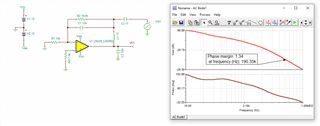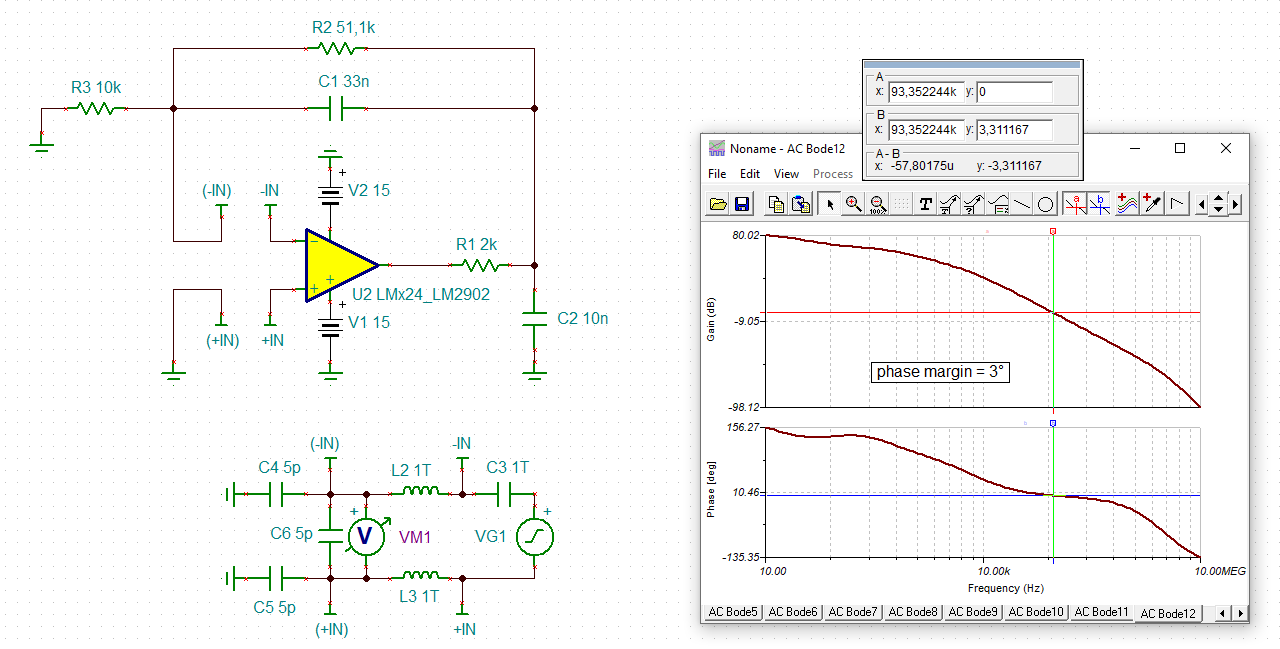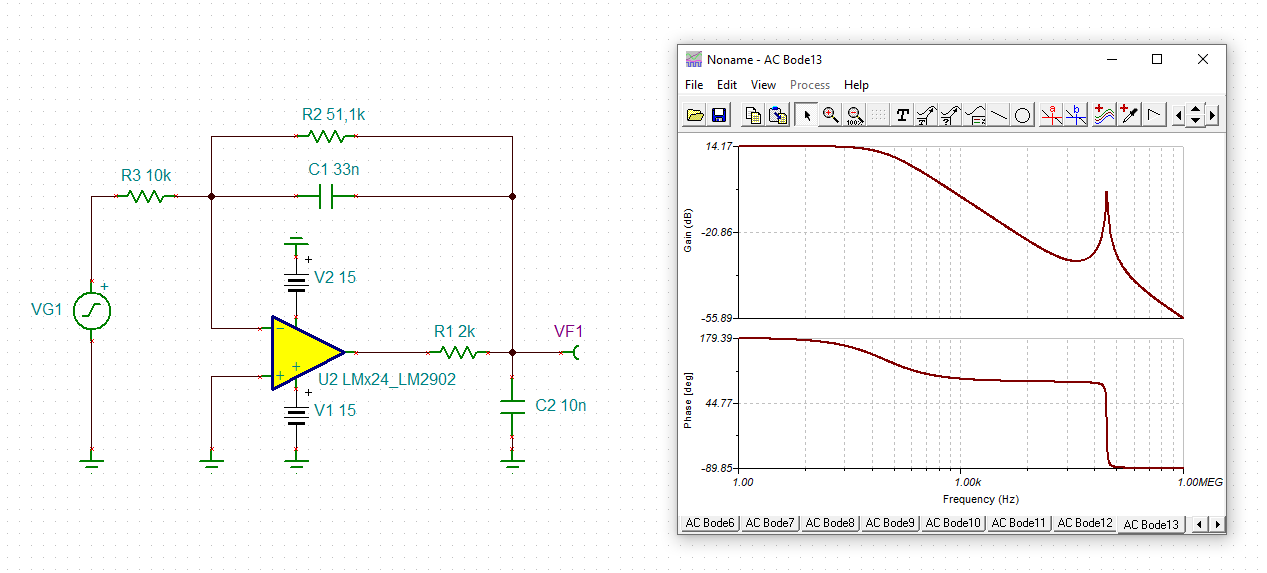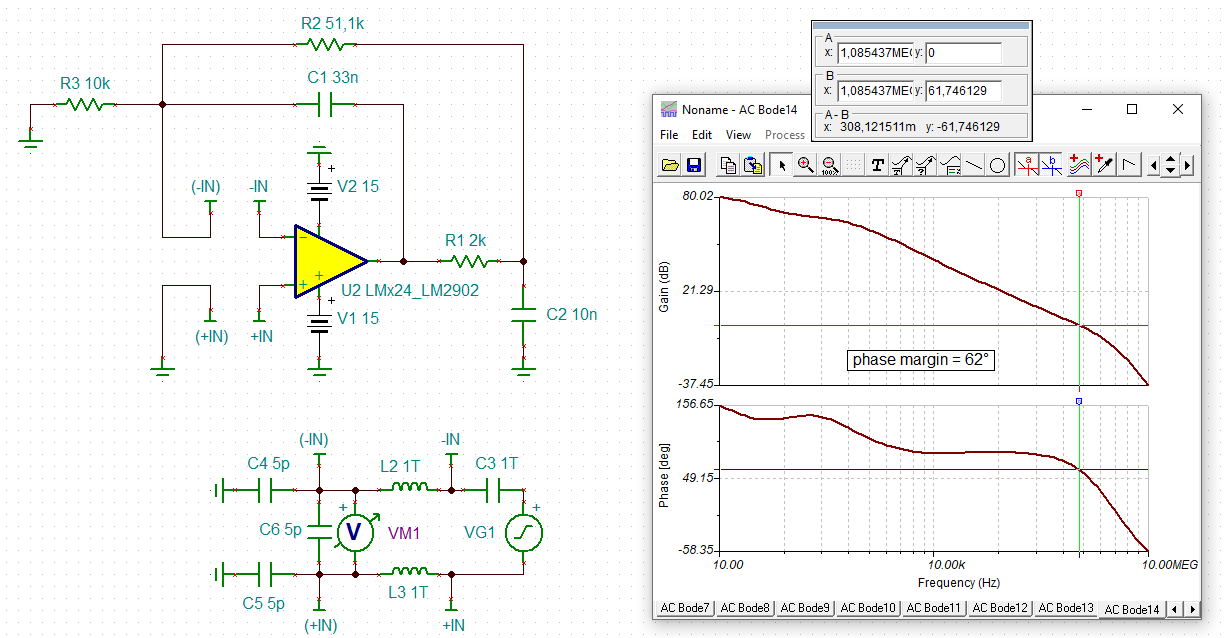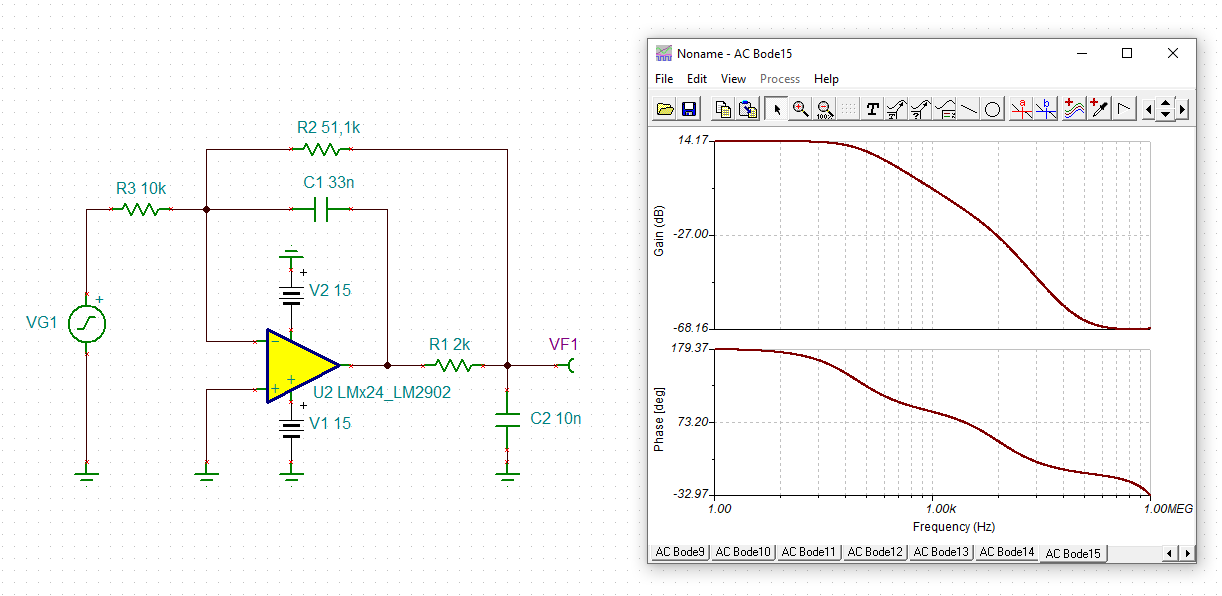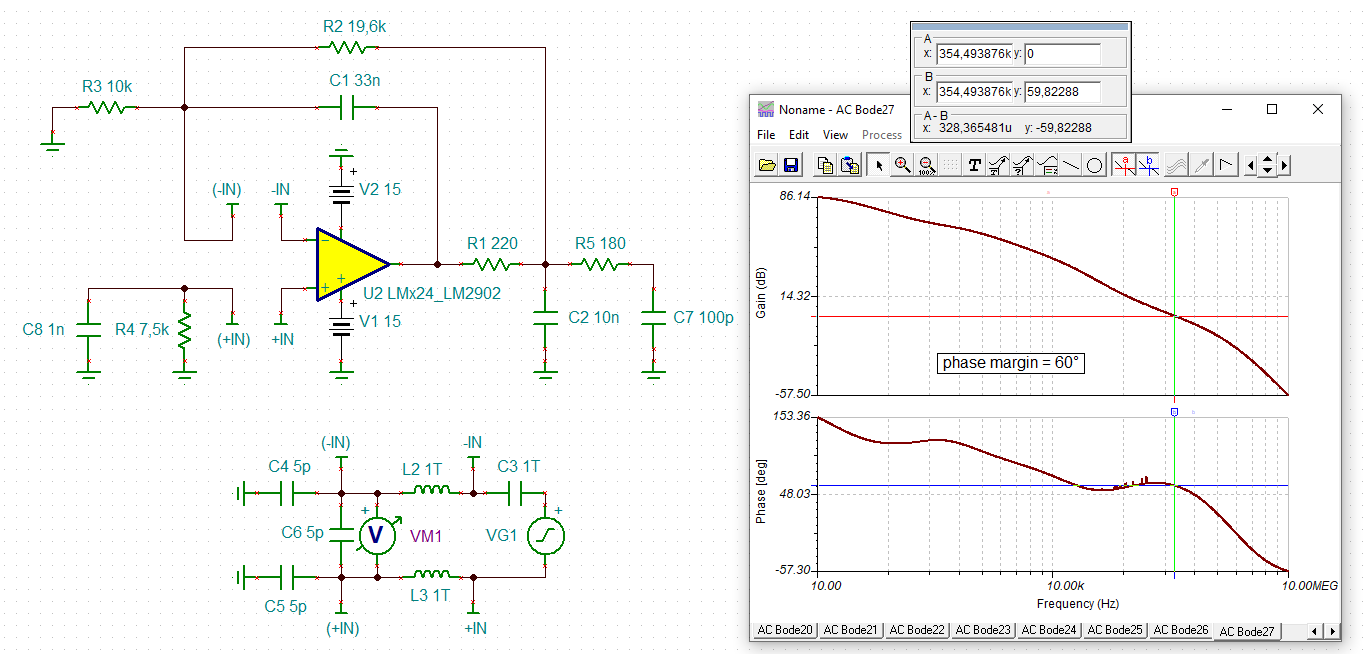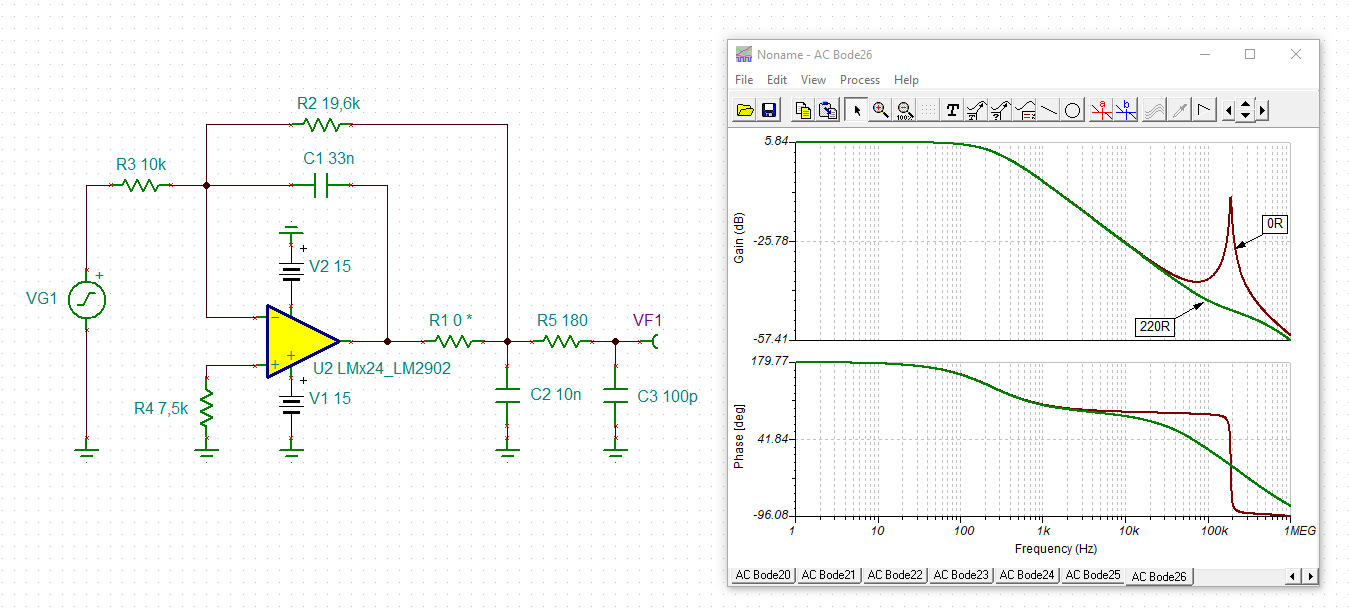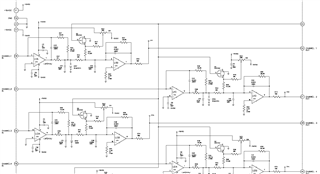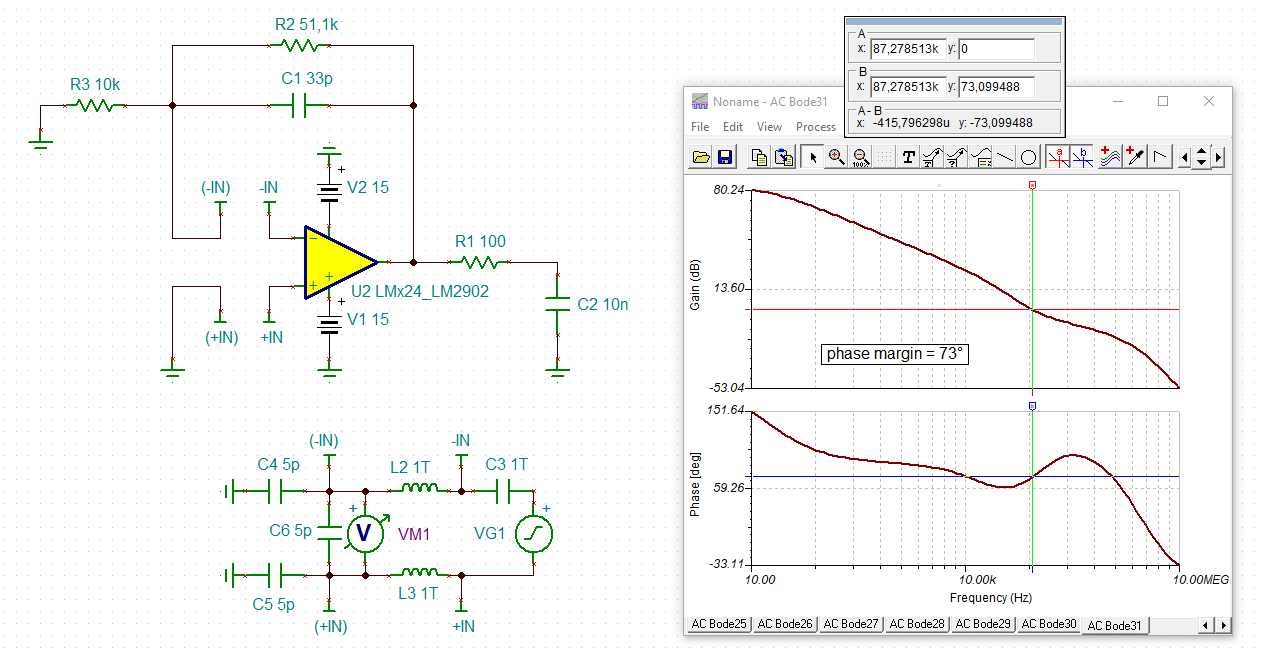Other Parts Discussed in Thread: LM2902, LM124, , LM148
1. What do the "A, J, P, B, ..." Options mean in the part number? We used part number LM124AJ 14-pin CDIP in an amplifier design that we made back in 2000. Some customers need more of the amplifiers and we need to know if the part is still available and what the lead time is.?
2. Also, in the old National Semiconductor datasheet, it specifies that the part can operate with differential power supply up to +/-32V (I think). I would like to know if the new parts still operate with differential source power and if so, what is the max source voltages?
3. If the LM124AJ in 14p CDIP is not available, what fully compatible drop-in replacements do you offer? Can I run an LM2902 the same way with +/-15vdc
4. Finally, I have a amplifier board that has three of these units on it and we are experiencing a lot of what looks like noise. I cannot tell if it is EMI, noise, or reflections but we do know it is coming from the amplifier board. Can you tell me if there is anything that be missing that could cause unusually large noise or reflections?
thanks,
Vincent



